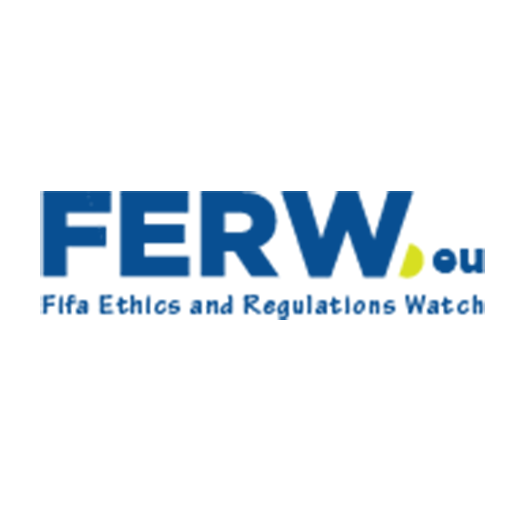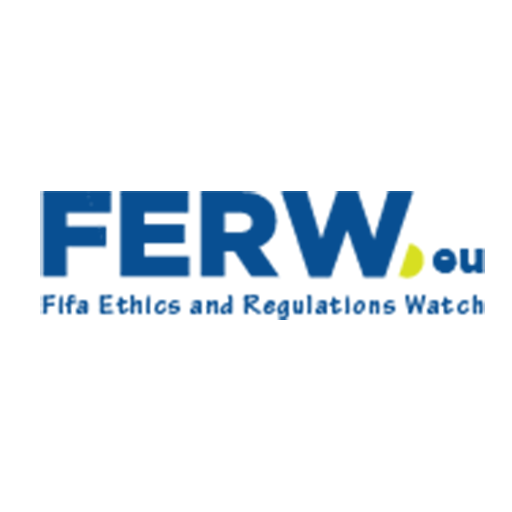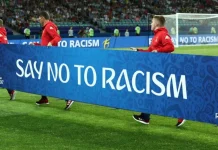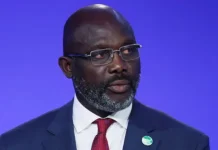The Disciplinary Code of FIFA 2025 can be described as a set of reforms aimed at fighting racism and discrimination in the field of football with a certain level of tip-top urgency and specificity. The indicators of commitment to the regulatory framework notwithstanding, institutional actions and failures in executing those commitments and creating a similar message around a major tournament cast some doubt on the capacity of the global governing body to translate policy to its long-lasting effects. The opposition of intentions and realities characterizes the present stage of the anti-racism changes in FIFA.
Reforms Introduced in the 2025 Disciplinary Code
Codifying the Three-Step Protocol
The essence of the reform is that the three-step protocol is formalized in Article 15. This hands match officials the powers to stop a match first, then suspend, and finally, breeze off a match due to discriminatory conduct. Such prepared actions are indicative of an increasing realization that the warning words and penalty measures issued after the match are not enough any more.
Referees, team officials and players now have a common system of acting on the spot. By embedding the process in FIFA’s disciplinary code, the organization has created a formal obligation for compliance rather than leaving decisions to individual discretion.
Financial Penalties and Oversight Mechanisms
The maximum penalty on racism-related offences has increased dramatically, and fines may go up to CHF 5 million. This economic increase is aimed at discouraging the clubs and countries associations that do not punish fans or players of abusive situations.
FIFA has also granted itself expanded powers to appeal lenient sanctions issued by member associations at the Court of Arbitration for Sport (CAS). This move addresses previous frustrations with regional confederations whose penalties often fell short of FIFA’s stated zero-tolerance stance.
Mixed Signals from FIFA’s Tournament Practices
Absence of Campaign Messaging at the Club World Cup
However, the current practice used by FIFA in the United States during the 2025 Club World Cup uncovered flaws when compared to the law and procedures. Activists were also concerned that anti-racism messaging was not present anywhere at the time of the tournament broadcast-no videotaped statements, no campaign placards, and very little on government social media handles.
This was quite remarkable, particularly bearing in mind that the U.S. is among the three host countries of the 2026 World Cup. Visible lack of commitment on this event of high-profile character diminishes the credibility of institutional reforms conducted by FIFA and hints to a lack of coordination between policy and promotion efforts.
Case Studies of On-Field Discrimination
The story was further complicated by a combination of a number of match day events during the tournament. UEFA placed warnings regarding ongoing homophobic songs in the stadium. Nevertheless, not a single match was put on hold or otherwise terminated under the new protocol, with the instances of continuing abuse easy to spot.
On another occasion, the Paraguayan midfielder, Damiian Bobadilla, was accused of racial abuse and the referee of the game missed the first stage of the discrimination procedure. These failures show that there is a difference between what can be used and what can be used in the moment by the representatives that have to execute their roles in the field.
Bridging Policy and Practice
Deadline for National Compliance
FIFA has extended the deadline to December 2025 by when all member associations should have brought their own disciplinary rules edited to the global code. This point will show how far national agencies, which are widely diverse in available resources, political circumstances, and social norms, will be prepared, or able, to impose uniform standards.
The wide disparity amongst infrastructure, education and the legal system at the global stage makes homogeneous compliance a self-seeking objective. The capacity of FIFA to observe as well as assist in such transitions will be crucial in curbing the problem of disjointed implementation.
Influence of Cultural Norms and Political Resistance
In certain federations, homophobia, racism, or even xenophobia is commonly accepted or even institutionalized in the country. FIFA top-down action has to create ways around local sensitivities without caving into its assumptions.
The extent of discipline exercised may be hampered by political interference, populist reaction and commercial reliance on individual associations. The absence of an embodied monitoring and accountability system would lead to a danger where reforms will barely be more than merely symbolic, especially in the areas where the practice of discrimination is highly entrenched.
FIFA’s Role in Football’s Broader Social Function
Framing Football as a Platform for Social Change
FIFA President Gianni Infantino has framed the reforms as a “step change” in the governing body’s efforts to combat all forms of discrimination. FIFA’s leadership envisions football as a tool to promote inclusivity and unity globally, not merely as a sport governed by rules.
Efforts like the Social Media Protection Service—which shields players and referees from online abuse—reflect an acknowledgment that racism and discrimination now extend beyond stadiums into the digital realm. However, these initiatives will require continuous funding and monitoring to remain impactful.
The Road to 2026 and the Test of Credibility
The new anti-racism code will mark the turning point in the history of FIFA as far as discipline is concerned. The governing body has, in the first-time, fitted itself with potent enforcement mechanisms, evident punishments, and worldwide supervisory authority. This structural change has to be complemented by repeat practice and cultural empathy as well as open demonstration of commitment by the masses.
Whether the new disciplinary mechanisms lead to actual reduction in racism and discrimination will depend less on what is written in Zurich headquarters and more on what happens across 211 member states every matchday. Education, referee training, fan engagement, and swift intervention will determine if the reforms become a habit or remain headline.
Days before the 2026 World Cup, that is the question that FIFA will have to address: whether it can transform a strong code into international cultural transformation. Or will same political paralysis and patchy implementation bedevil the reforms as was the case with the previous initiatives?
Not only will the answer define what football will be, but also where it will be in a world that is getting more and more divided and needing places of respect, solidarity, and human connection.













